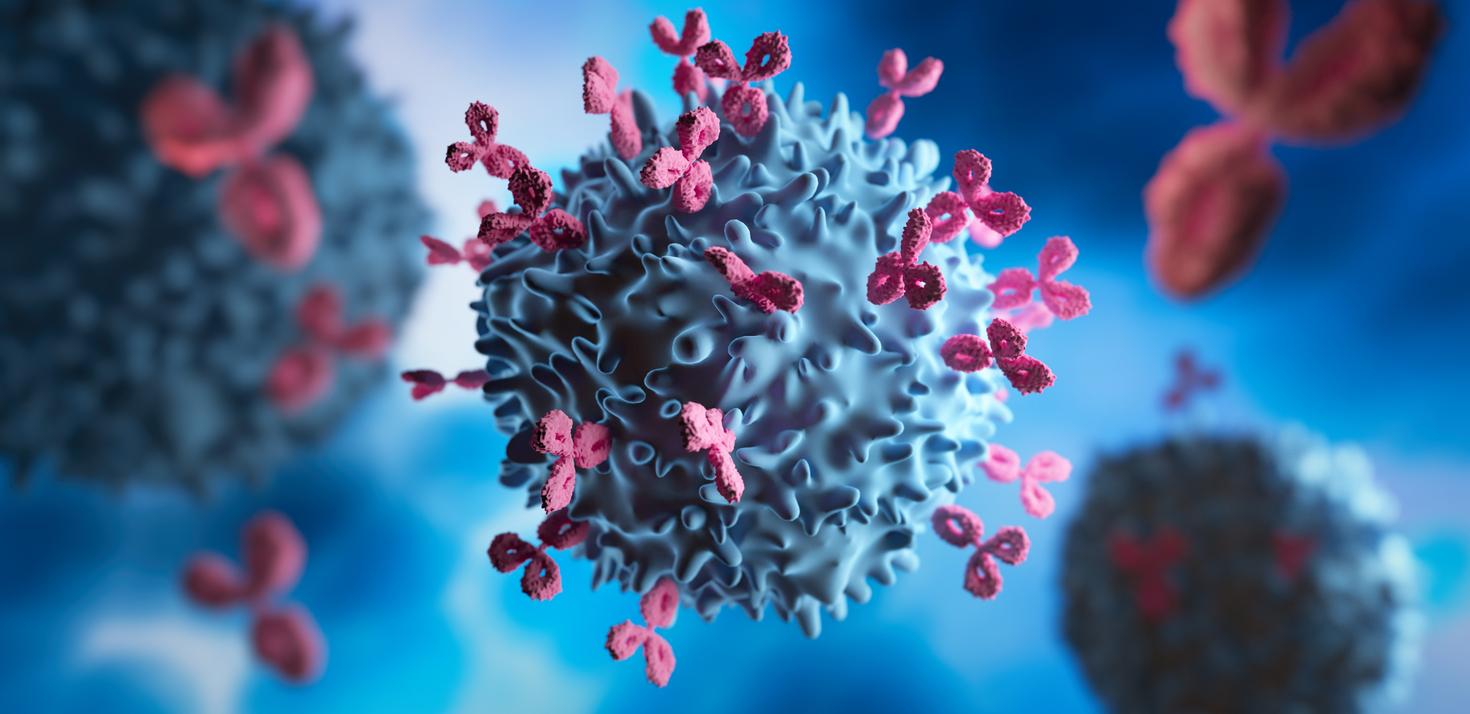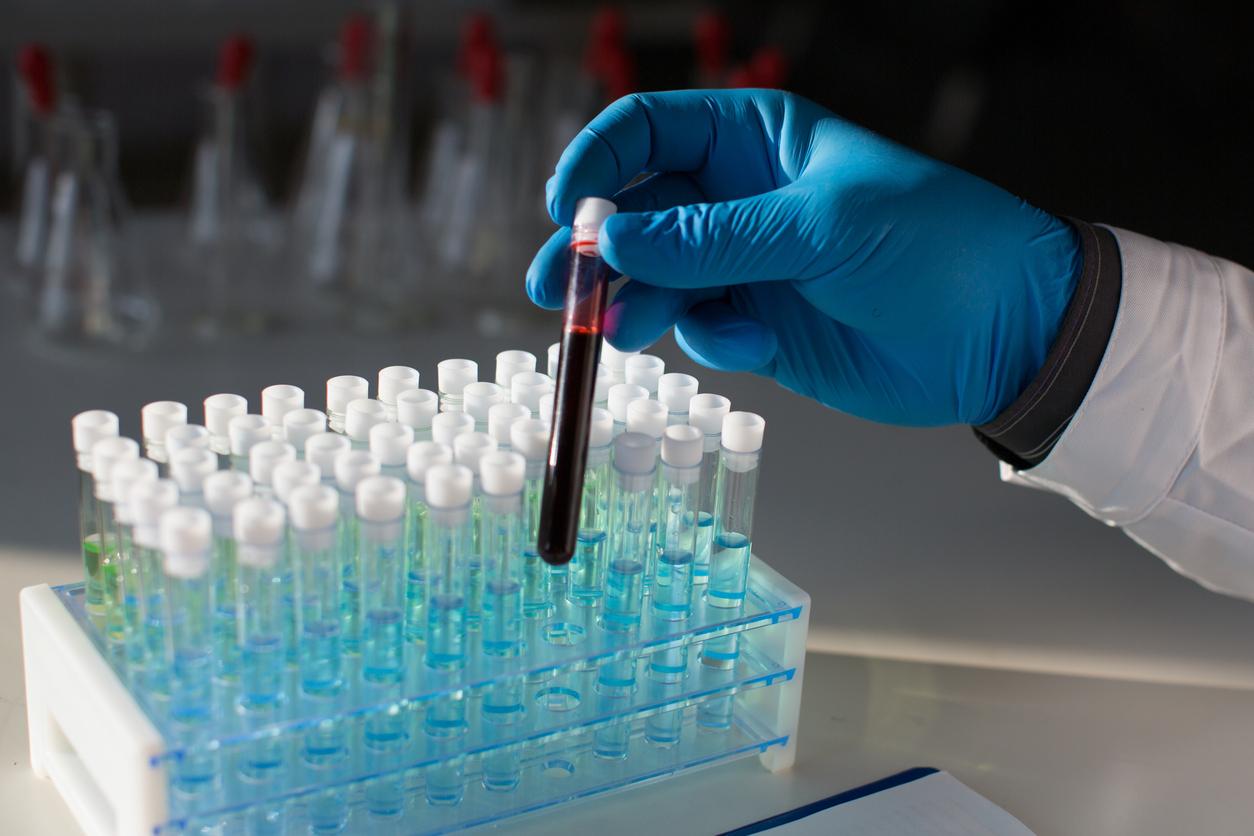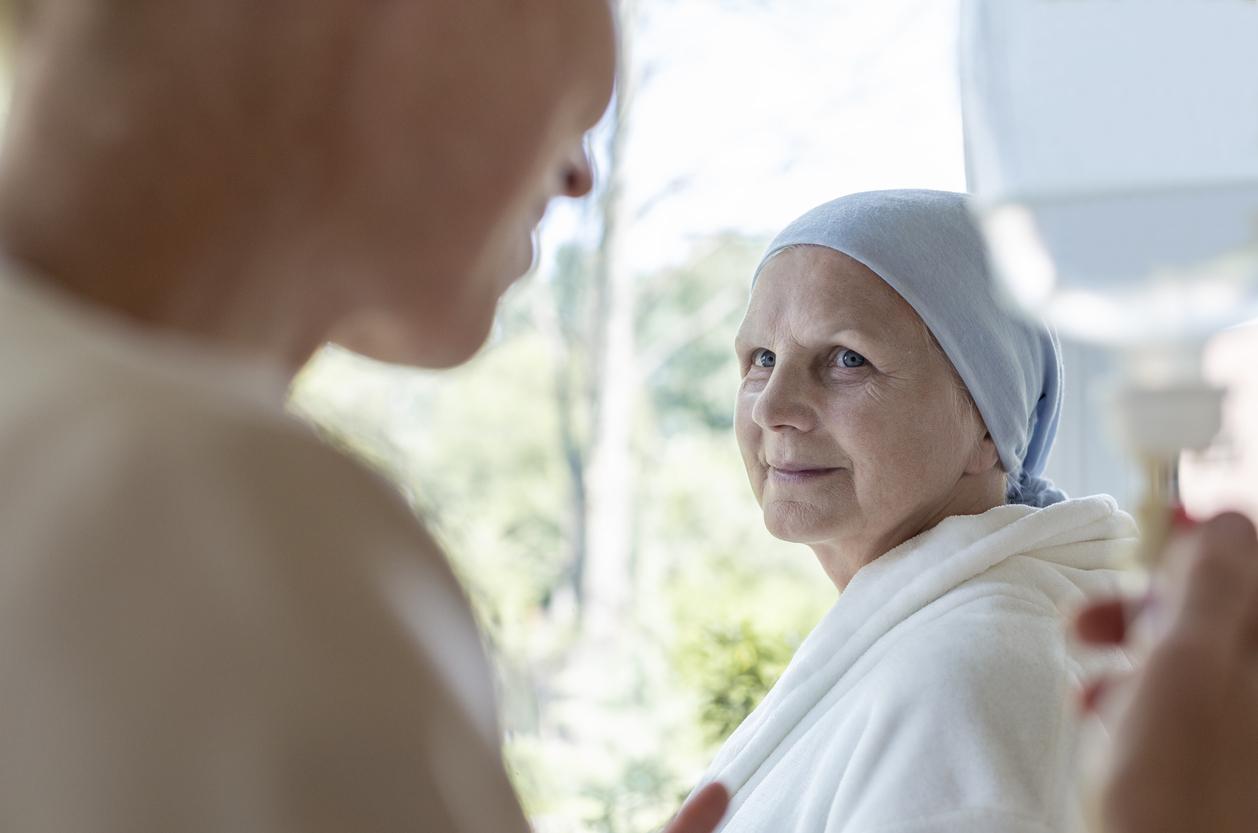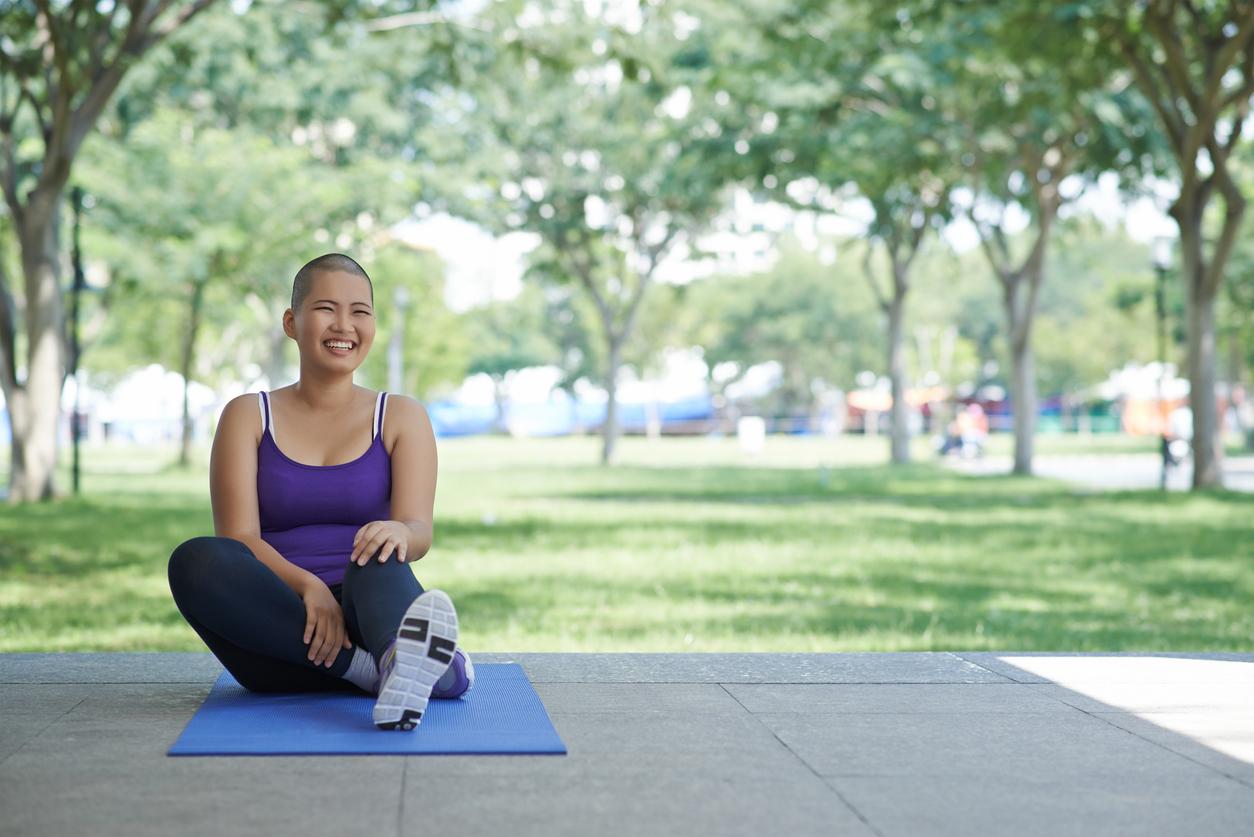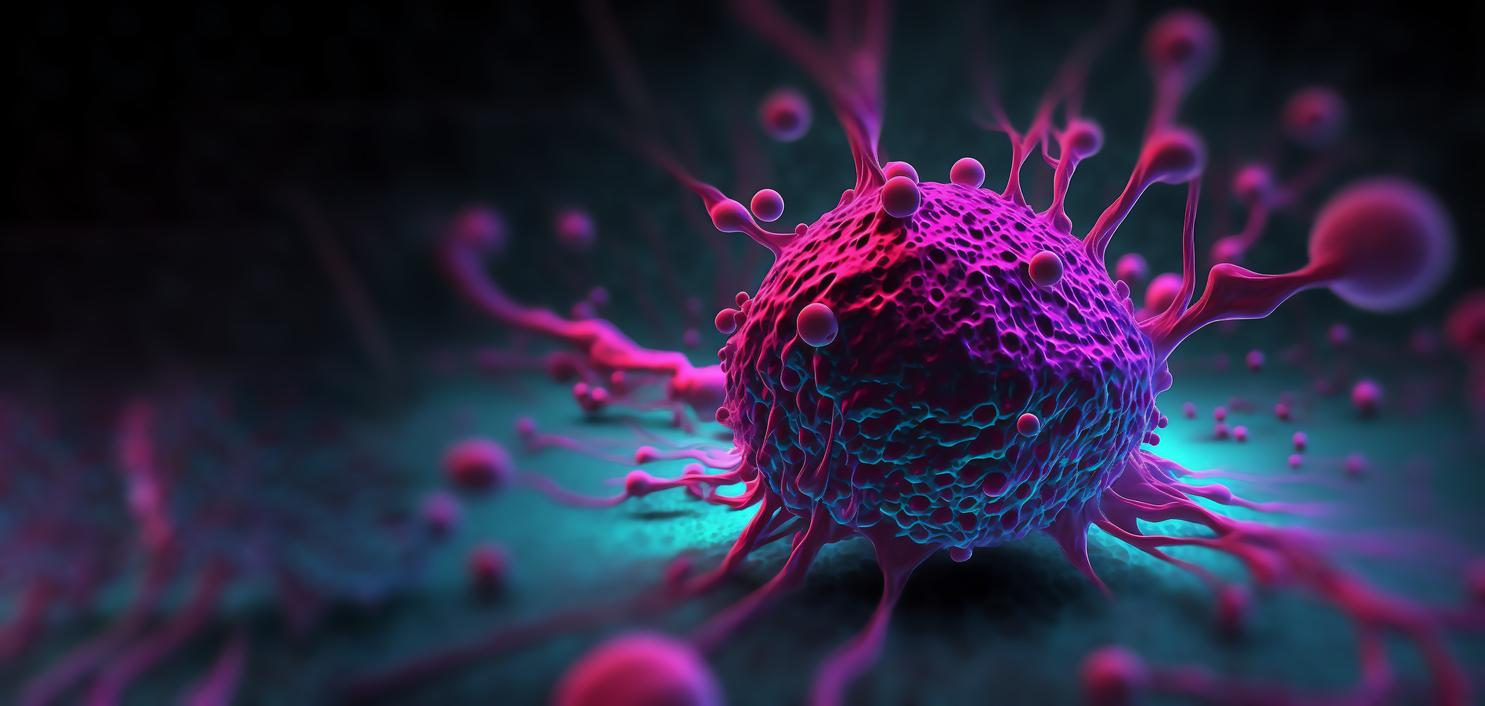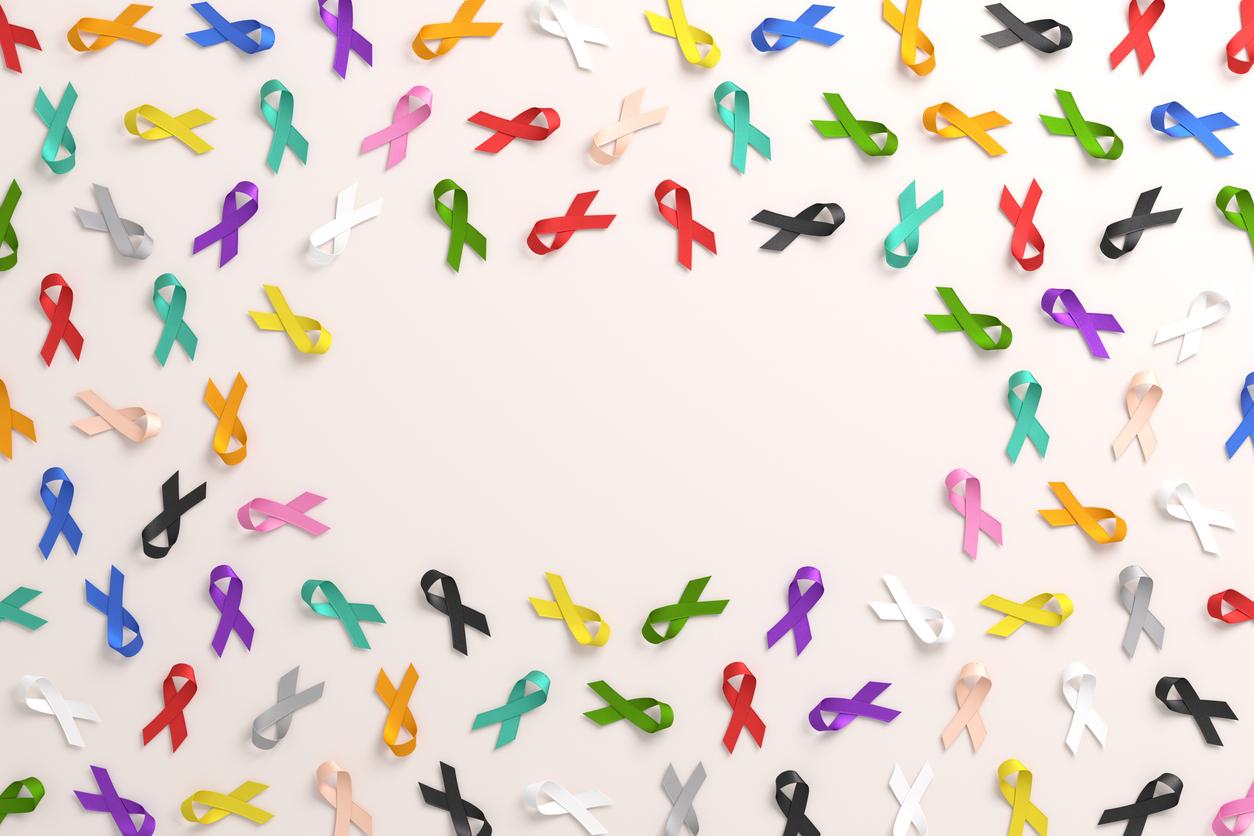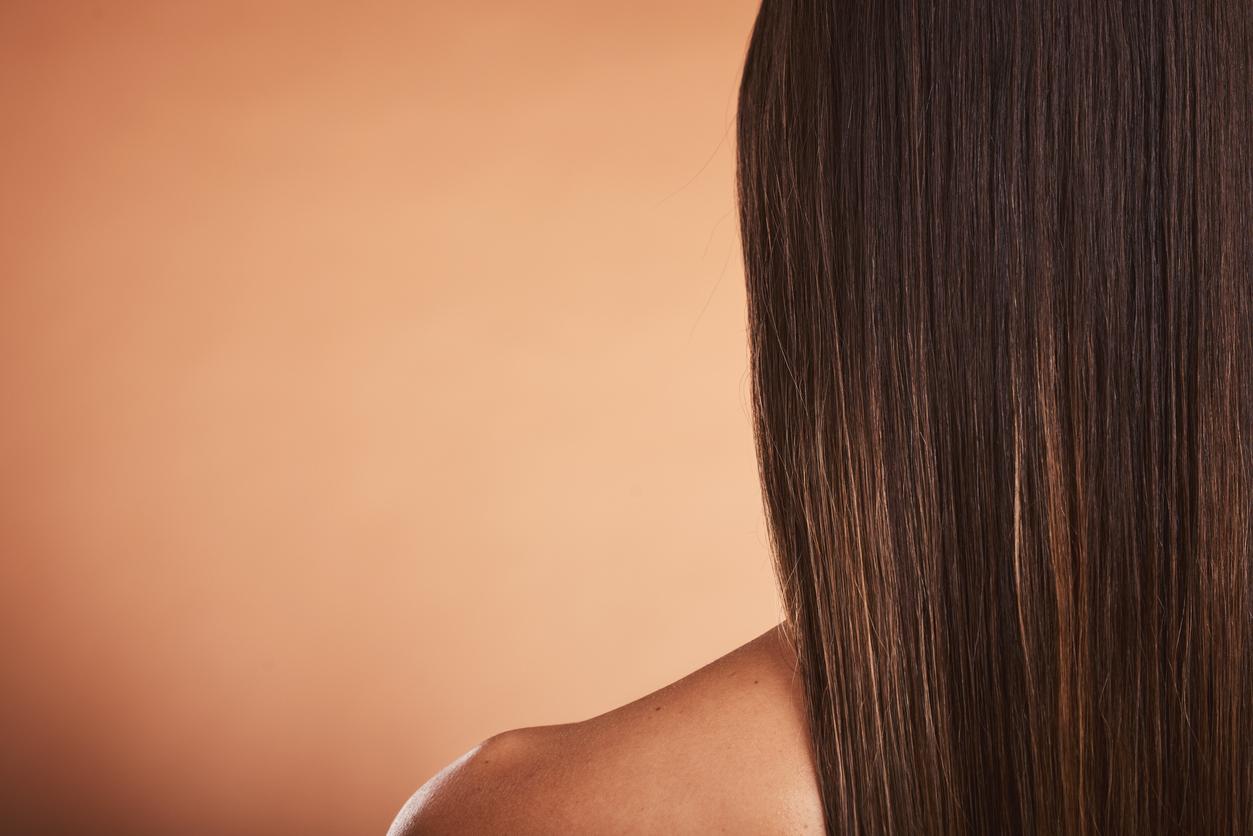Dermapigmentation is recommended for women going to undergo chemotherapy, to keep eyebrows with a structured line despite the treatment. Even if it’s expensive, taking care of yourself helps to beat cancer.

- Even if it is not systematic (it all depends on the type of chemo), hair loss is a common side effect of anti-cancer treatments.
- Dermapigmentation is now recommended as a preventive measure for women undergoing chemotherapy, to maintain a structured line despite treatment.
- These aesthetic treatments improve the quality of life of patients but also their lifespan.
Permanent eyebrow makeup (microblading, microshading) can correct asymmetrical or sparse eyebrows. Designed for women with sparse eyebrows who wish to fill them out, dermopigmentation is now recommended as a preventive measure for women undergoing chemotherapy, to maintain a structured line despite treatment. An initiative all the more interesting that with the wearing of the mask, the eyebrows and the look are particularly put forward.
“Dermopigmentation lasts a little less than classic permanent makeup because there are precise and unique incisions that absorb a limited amount of color”, specify the Biotic Phocea laboratories and the platform INK-ME-UP.comwhere it is possible to make an appointment with professionals.
A beneficial impact for patients and on their lifespan
The choice of color depends primarily on the type of skin. The rule is simple: on fair skin pigments tend to oxidize towards warm hues, therefore towards orange hues. Conversely, on dark skin the pigments oxidize towards cold tints, either grayish or bluish tints. “Thus, in the first case, we will choose pigments in rather cold or ashy tones and, in the second, warm”, specify the BIOTIC Phocea laboratories.
This type of care, still too expensive, is not accessible to all budgets, but it is worth the investment. A study carried out by the L’Oréal Foundation in 2017 among 1,166 cancer patients analyzed the impact of beauty and well-being treatments on the quality of life of patients. It appears that these treatments offered by socio-estheticians are considered very beneficial by the patients.“These treatments are perceived as a bubble of oxygen which not only helps to deal with the undesirable effects of the disease, but also helps to reconnect with the self-image, which is sometimes particularly degraded in these painful moments”, specify the site Infirmiers.com. “As Professor Ivan Krakowski, medical oncologist at the Gustave Bergonié Institute, reminds us, this care undeniably improves the quality of life of patients but also, and this is less known, their lifespan”, continues the medical information site.
Eyelashes and eyebrows fall out after hair
Anti-cancer treatments, and particularly chemotherapy, do not distinguish between cancerous cells and those which naturally renew themselves quickly. “This is the case of the cells that regenerate hair and body hair, including eyebrows and eyelashes. Even if it is not systematic (it all depends on the type of chemo), the loss of hair and body hair is a common side effect of anti-cancer treatments”, explain the cancer foundation.
Hair loss generally begins 2 to 3 weeks after the start of anti-cancer treatments. It can also occur after the first course of chemo. Hair can fall suddenly, in just a few days, or spread over several weeks. Eyelashes and eyebrows generally fall after the hair.
“As painful as it is, hair loss is only temporary: it will grow back as soon as the treatments are finished (one centimeter on average per month), sometimes with more vigor and speed. It is possible that the new hair is slightly different from the old and grows back lighter, darker, straighter, curlier, etc.”, reassure the experts.










